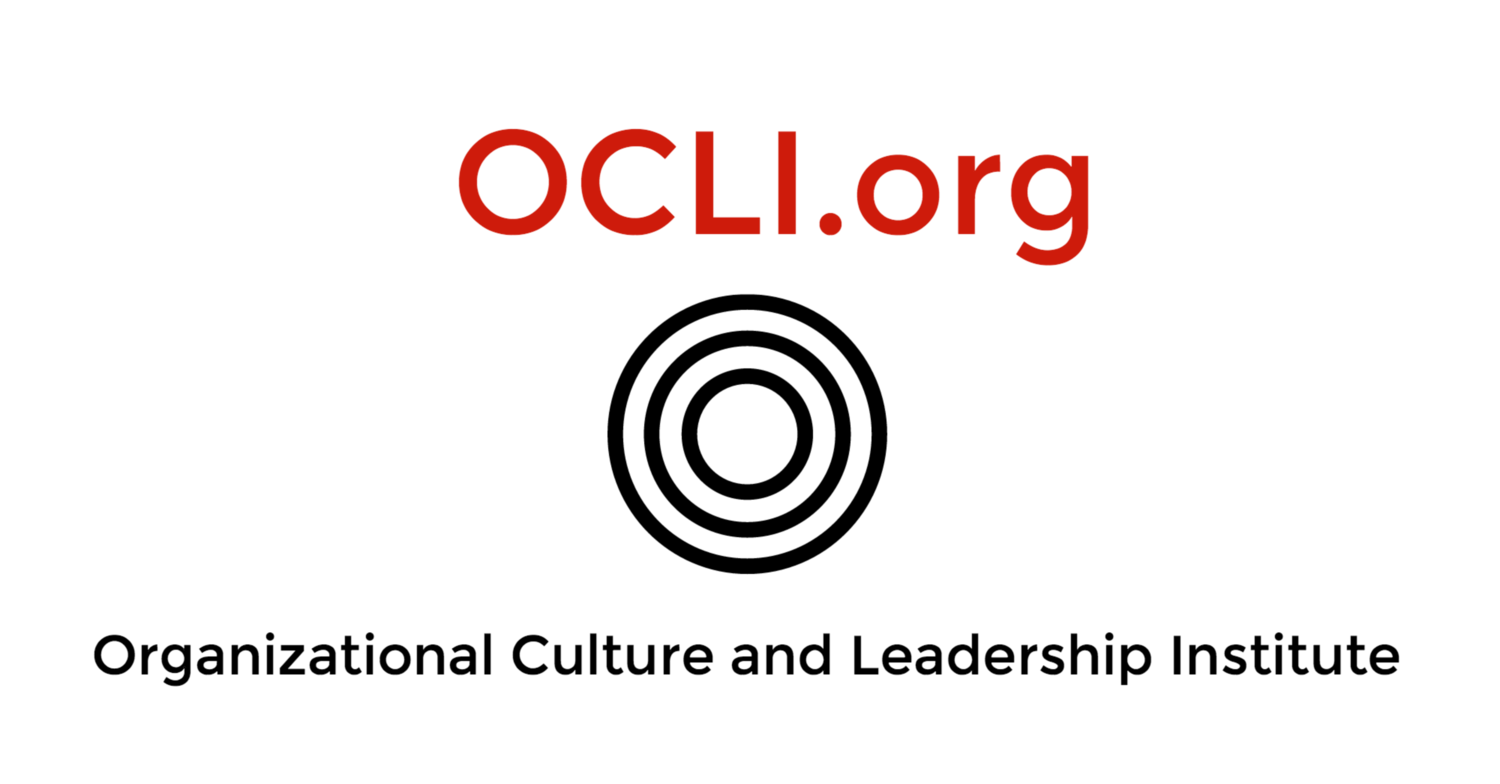A very highly regarded social anthropologist, Marshall Sahlins, forever reminds us of the intractable linkage between culture and history. In his works Historical Metaphors and more recently Apologies to Thucydides he argues with insurmountable depth (pun intended) how cultural significance cannot be understood without its historical context. There is no “which came first, the chicken or the egg?”, there is only both history and culture, changing and determining, determining and changing each other, indefinitely.
From a Marshall Sahlins introduction: “The great challenge to an historical anthropology is not merely to know how events are ordered by culture, but how, in that process, the culture is reordered.”
And, from a Marshall Sahlins conclusion: “Powered by disconformities between conventional values and intentional values...the historical process unfolds as a continuous and reciprocal movement between the practice of the structure and the structure of the practice”
What does this have to do with organizational culture? ‘Continuous and reciprocal movement’! The reason we study organizational culture is because we want to change organizational culture. Still, our history is always there. The objective of a culture change program (practice of the structure), especially when insulated to function independently and quickly to change culture, may miss the point that it cannot be removed from its dynamic historical context (the structure of the practice).
The founder’s history matters, even as “intentional values” become “conventional values”. This “DNA” mutates and survives and only over a prolonged period of time.
Ed makes this point in his historical anthropology of Digital Equipment Corporation DEC Is Dead, Long Live DEC: “…seeing and accepting a problem as a problem does not guarantee the ability or the willingness to do something about it. Insight is not enough if the cultural DNA does not support the changes that would be needed to act on the insight”.
Our partners at Human Synergistics are also careful to illuminate this point with their clients using culture assessments (OCI and OEI) – "Practice of the structure" changes can be made quite readily and visibly, yet these “climate” adaptations do not necessarily correspond to nor quickly lead to culture changes. Culture changes, such as movement toward more constructive styles, happen over years and over dimensions, rather than in quick straight lines.
~ Peter Schein
